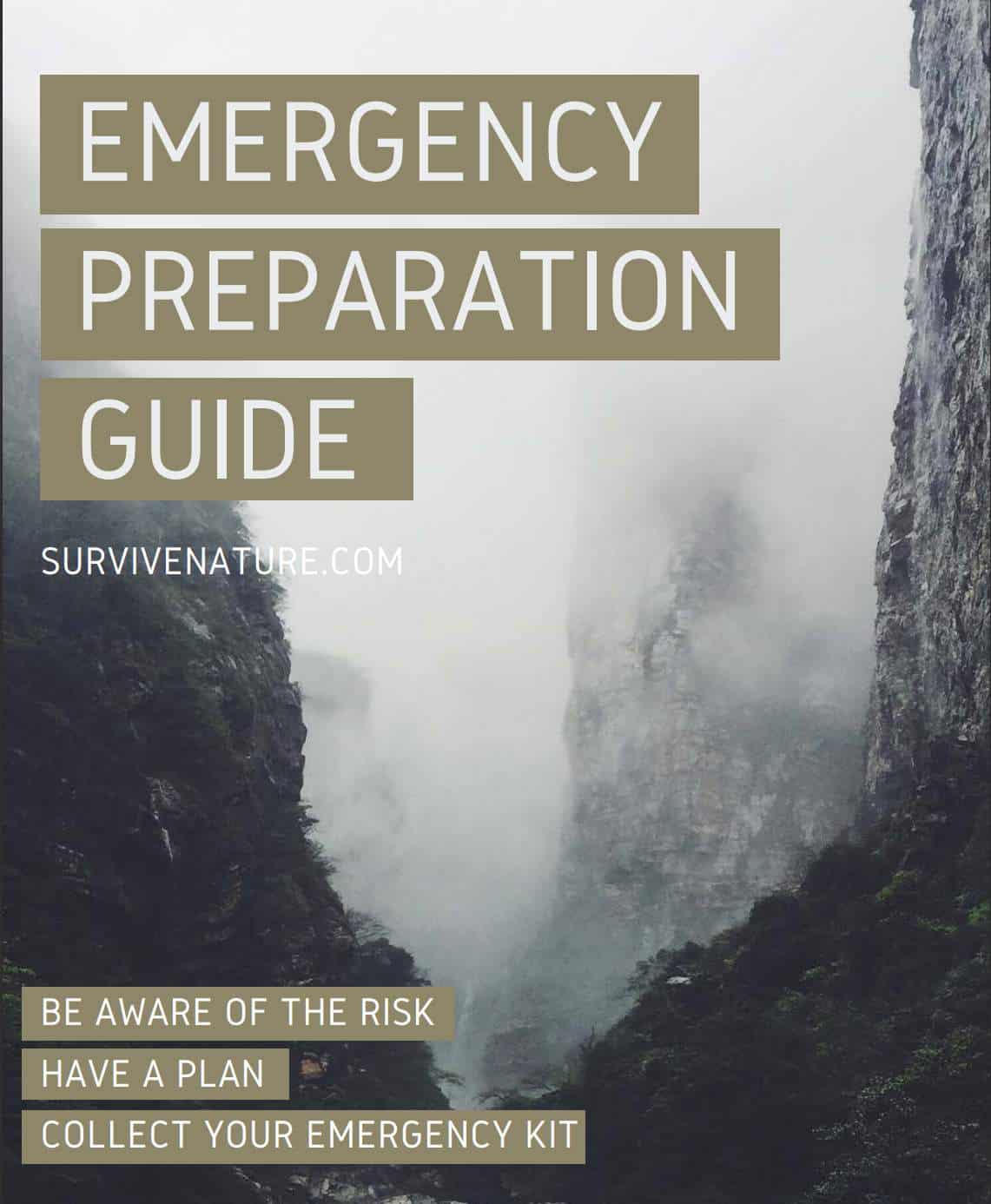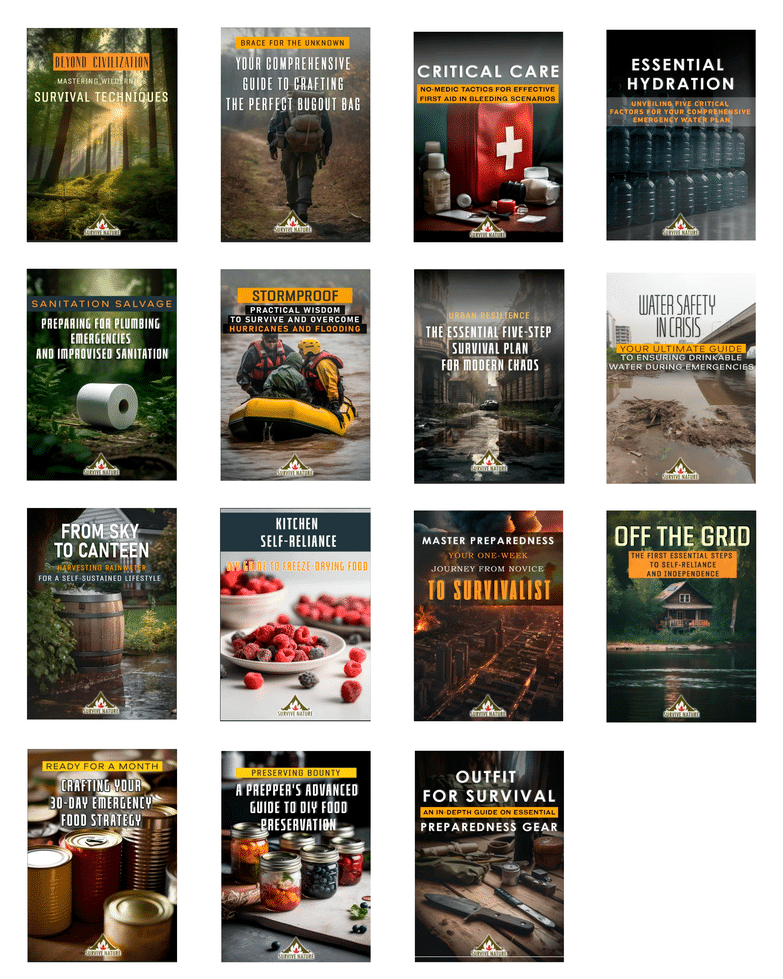Every year we receive avalanche death reports. The most common victims of avalanches are snowboarders, skiers, climbers, and snowmobilers.
It is generally accepted that avalanches are a purely natural phenomenon. In fact, in 90% of cases with human victims, avalanches are caused by the sufferers themselves or by some of the people around them. Therefore, in this article, we will tell how to get out of an avalanche and how to properly prepare and avoid an avalanche.
Preparation
Getting out of an avalanche is not so easy. It is much more expedient to prepare correctly and avoid an avalanche. So your biggest concern should be getting the right preparation.
1. Educate Yourself
It is almost impossible to predict the occurrence of an avalanche fully. Still, there are several factors, knowing which you can predict with great accuracy whether an avalanche is expected in this area or not.
If you decide to visit a backcountry area, we recommend taking an avalanche safety course. You may think this preparation is overkill, but remember that only 1% of people have received special training among avalanche victims.
An avalanche is influenced by many factors such as weather, wind, temperature, sun, mountain slope, snow cover, and so on. To be able to read this data correctly, you will need special training. Also, at the courses, they will tell you how to rescue each other and properly look for a person stuck under an avalanche using special equipment.
Don’t think that you will save time by skipping these courses, as they can save your life or the lives of your fellow travelers.
Read articles, watch special movies or videos on YouTube, find as much information as possible about avalanche survival, as this information can save your life or your partner’s one. There are many methods to be educated, choose the way that suits you best.
2. Prepare Special Equipment
In addition to the courses’ skills, special devices will help you, which we recommend taking with you for your own safety.
- Snow shovel
If the worst-case scenario happens and you have to dig, it can be done much faster and more conveniently with a shovel. And time during an avalanche is a significant factor that can either save or destroy life.
- Avalanche transceiver
It is a radio transmitter, also called an avalanche beacon. This device transmits and receives electromagnetic signals from you to your partner. Therefore, of course, these devices must be worn by all group members. It is important to make sure the transceivers are properly tuned. It is best to practice before using them in the “field.”
A similar tool is the RECCO device. It is sewn into clothing and acts as a reflector for radio signals sent by rescuers.
- Avalanche probes
With the probe’s help, you can pinpoint the location of a victim stuck in an avalanche. If this option is not available, then you can replace it with twigs or ski poles fastened together.
- Avalanche airbag
This is a wonderful and multi-functional thing that we advise everyone to buy. Firstly, this is a backpack, and naturally, you can carry things, food, or other necessary items in it. Secondly, it is an airbag that will be activated when you pull on the emergency cable. So it can help you try to stay on top and help survive an avalanche and not get buried.
- Helmet
It will help keep your head from hitting as you conquer the slopes. In our opinion, skiers, snowboarders, and everyone who goes even to the mountains’ safe areas must wear helmets.
These five items are perhaps the most important things you need to carry with you. But if you want to have a complete set, we recommend taking a supply of food and clothing, a first aid kit, and a small set of tools in case your equipment breaks down. You can buy all the required safety equipment on the Amazon website. Of course, you already know that you can find anything on Amazon.
3. Check The Weather Forecast
Besides the usual weather forecast, make sure to check the dedicated avalanche forecast for the area you are going to travel to. This knowledge of avalanche risk is the easiest way to avoid unnecessary accidents or even death. Forecasts often indicate avalanche locations, snowpack conditions, and avalanche types. This information may help you.
4. Inspect The Area
Don’t rely entirely on the forecast. If the predicted risk is small or none at all, but you see the warning signs in place, do not neglect it. Take note of everything you see. Look around. If you see that the avalanche has come down quite recently, it is best to go to another place. It’s always better to play it safe in dealing with avalanches.
If You Are Caught In An Avalanche
If you have not avoided an avalanche, do not panic and remember our tips below. There is always a chance to be saved.
At the very beginning of an avalanche, your main task is to prevent it from completely covering you. A burial is considered complete when your head, like the rest of your body, is hidden under the snow. If you are completely covered, then the chances of survival will be only 50%. Therefore, you must do everything so that at least part of the body remains outside. We will describe below how this can be done.
One of the biggest mistakes is trying to run away from an avalanche. It is almost impossible, as they are able to reach very high speeds. So you can be displaced to the avalanche center, from which it is almost impossible to get out. If you are a skier or a snowboarder and the avalanche starts right under your feet, you can try to jump above the fracture line. But this must be done extremely quickly.
1. Move From The Avalanche
If an avalanche starts to form right under you:
- you are skiing – keep going down the mountain, picking up speed and turning to the side;
- you are on foot – run to the side or uphill to break away from the avalanche;
- you are on a snowmobile – keep driving without changing direction.
Grab your group’s attention by shouting, so they know which direction to look for you.
2. Lighten Your Weight
If you understand that an avalanche’s speed is faster, and you cannot get ahead of it, then the first step is to lighten your weight. You need to drop your snowmobile, poles, skis, anything you can quickly unfasten. The lighter you are, the less your immersion in snow will be. But don’t throw away your backpack or survival equipment that might come in handy. Also, thrown objects can help rescuers find you. This is the right moment to use your airbag, which we hope you took with you following our advice.
3. Grab Something
Don’t follow bad advice. For example, don’t hide behind a large rock or tree. They will slow down the snow’s movement, but it will accumulate in this area and get buried you even deeper.
It’s great if you manage to grab onto a tree, but it’s not easy to do because of the high avalanche speed. Sometimes, their movement reaches 60-80 miles per hour. It is more likely to grab onto a tree at the start of an avalanche. If you are lucky enough and the avalanche speed is not very high, then a boulder or tree branch can resist the movement of snow. If you manage to grab onto something, it will help you keep your balance and maybe even stay on top.
4. Protect Your Airways
Many die from snow or other objects getting caught in their airways, so it is essential to protect them. Even before you stop moving, wrap one arm around your face. This way, you can still protect your head, although, of course, you should wear a helmet to keep it safe.
Tuck your mouth and nose into the fold of your elbow, forming a room to breathe. Try to create a larger breathing room to make you as comfortable as possible (as much as possible in such a situation).
5. Swim In The Snow
Yes, swimming in the snow is possible. This step can help you not to dig deep into the debris. Try to swim as you do in water, not calm water, but a raging sea trying to pull you further from the shore. Tighten all the muscles. The movements should be as strong as possible. Swimming may be your chance to survive. The closer you can swim to the surface now, the easier it will be for you to get out.
You can also try to slow down your descent from the mountain. Hook your foot on the bed surface. This will slow down your speed so you won’t be carried that far.
If The Avalanche Buries you
Strange as it may sound, but you can be glad if the avalanche buried you. According to statistics, 35% of the humans killed by an avalanche in the United States die while it is moving. Avalanches sweep away literally everything in their path, and in this snowy hell, it is easy to break your neck, bump into a stone or even fall off a cliff. Therefore, if an avalanche buried you, and you are still breathing, this is not a bad sign, and your chances of survival have even increased.
The snow will begin to settle and form something like a concrete wall around you as soon as the avalanche stops. Therefore, you will have to act quickly and clearly, and you really have little time.
1. Stay Calm
Most importantly, do not panic. Yes, this is not only the most important but also the most difficult. But if you remain calm, you will breathe more evenly, and accordingly, you will spend less oxygen. There is no need to shout either. Through the snow, the chance of being heard is minimal.
The second most common cause of death in avalanches is asphyxiation. A person inhales a lot of CO2 and begins to choke.
2. Create An Air Pocket
The availability of air is critical and is perhaps the crucial factor in your survival. Either you have enough air to wait for the help, or it will end earlier than it comes. Therefore, you need to make yourself an air pocket. It is small air space around the mouth so that you can breathe. To do this, you need to cover your mouth with your hand like a mask; only the hand should not fit snugly against your mouth but create a space between you and the snow.
Besides the space around your mouth, the space around your chest is needed to breathe, too. To form it, take a deep breath (the deeper, the better) and hold your breath for a few moments until you feel the hardening of the snow around you. Then exhale. Settling snow will form a space around you and leave some room for a sigh. This is a crucial moment, as the longer, you can breathe, the longer you hold out while waiting for help to come.
3. Try To Dig Yourself Out
If you are close to the surface, then you have an opportunity to get out on your own. Move carefully without hitting your air pocket. But if you are stuck deeper, it is better not to waste air and energy but to wait until you are rescued. Save your energy. Nothing will help you if you do not have any strength to breathe.
4. Stretch Your Limbs
If you managed to use our advice correctly and found yourself close to the surface, you can make it easier for the search party to find you. To do this, you need to pull one of your limbs out from under the snow. It is better if it is your hand because it will be easier to pull you out for it. As quickly as possible, it will be necessary to free your head. Do not forget that it is best to use one arm to hold your breath and pull the other out from the snow.
5. Wait For The Help
If you hear people nearby, then try to call them, but the voice is a bad helper here since you can hear people much better than they can hear you. Try it once, and you better keep waiting.
If Your Partner Gets Buried by an Avalanche
Tips in our article are aimed not only at how to save yourself, but also how to help your companion in snow trouble. Follow our advice, and there will be more opportunities to save a partner.
1. Follow The Person With Your Eyes
If you noticed at the very beginning that the avalanche is moving behind your partner, then do not take your eyes off him, watch where it will bring your companion, then immediately start searching him.
2. Stay At The Location
As we said, time is significant in avalanche rescue. During the first 15 minutes after the avalanche, the chances to survive are 90%, with 30 minutes, they are reduced to 35%. So even though our next tip may be shocking, listen to it anyway. Don’t run for help! You have minimal time not to spend looking for help, but you must do everything yourself.
3. Look For Partner’s Stuff
If you can find a person with transceivers’ help – great, if not – do not panic, but look for clues on the surface.
You may look in the places where, according to statistics, people are most often buried:
- on benches
- on the outside of the avalanche path
- above trees and rocks.
But it is better if you notice something from the victim’s personal belongings – gloves, hat, ski poles, and so on. Try to miss anything.
How to Dig Out an Avalanche Victim
You managed to find your friend, but unfortunately, this is only a small part of the problem. Now the most important thing, you need to dig out the person caught in an avalanche. And this task is heavy in the literal sense of the word. The weight of the snow will reach 1-2 tons. Therefore, you must have a digging strategy. Just mindless digging can hurt both your partner and you.
1. Dig Out If The Snow Layer Is More Than 1 Meter
Having correctly determined the depth of the cover, start digging. There are two strategies depending on whether you are alone or you have helpers.
- If only you are near
Well, this is not the most amazing alignment, but you have no time for regrets. You will spend all your strength in digging. To spend it correctly, use the “strategic digging” method. It is important not to dig exactly where the victim is; otherwise, you can harm him or her. If you find a person with the probe and it is at the victim’s feet, then digging there, you can shovel snow into their air pocket. Therefore, go down to a distance of about 1.5 times the depth of the victim’s burial. Dig from the side straight towards the person. It is important to throw the snow sideways, so you save your energy. Try first to dig out the face so the person can breathe.
- If you have a partner to dig out the victim
To be more effective, you need to split. One person should be downhill of the probe, and the second person, as in the previous case, should be below at a distance of about 1.5 times the depth of the victim’s burial. Dig in the same way, throwing snow to the side. Try not to interfere with each other, acting smoothly and quickly.
Using this method, you can create something like a platform. Drag there the victim so that you can perform CPR and first aid.
- If there is a whole group who came to help the victim
That means you are more fortunate. You can use the “V-shaped conveyer belt” method. For this, the rescuers must line up with the letter “V,” and the corner must fall on the buried person. The first one digs and moves the snow behind him, while other people pass it down the chain. Change every minute to keep the main digger full of energy all the time.
2. Dig Out If The Snow Layer Is Less Than 1 Meter
The situation is certainly good in this case. You need to dig very quickly, and that’s it.
Can a person dig himself out of the snow? This is possible, but only if the snow cover above you does not exceed 1 meter. Then you need to carefully dig yourself out with a small shovel (which we hope you took from our advice from tip 2). Be very careful; do not let the snow fill your breathing spaces.
Conclusion
Go to conquer the slopes prepared. Take training courses, study specialized content on the Internet. Always check the weather and avalanche forecast in advance, check the situation on the ground. If you are concerned about anything, it is better not to slide the mountains on that day. Bring special equipment and gear. There are a lot of product types, take whichever you like best. If an avalanche is unavoidable, don’t panic, follow the advice above, and take care of your airways.
The main thing is to be careful because in the world there is nothing more precious than life.



